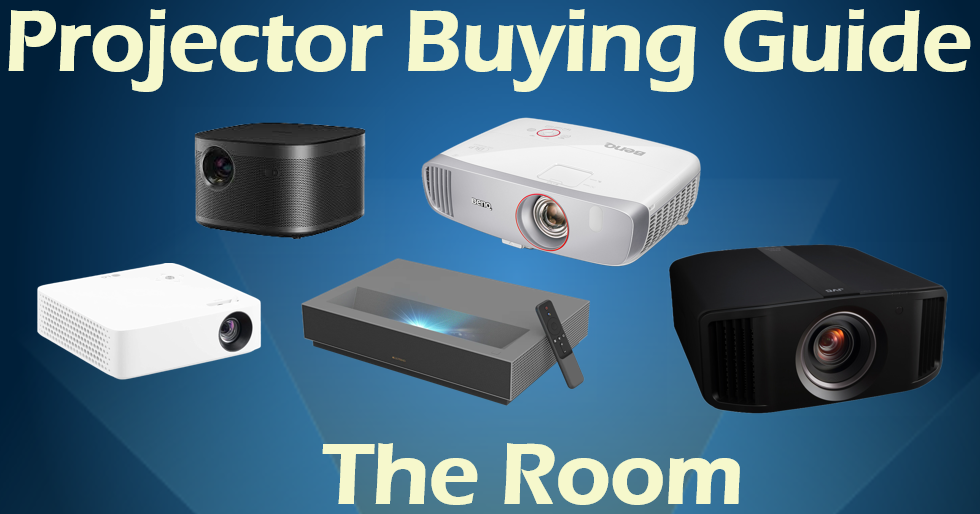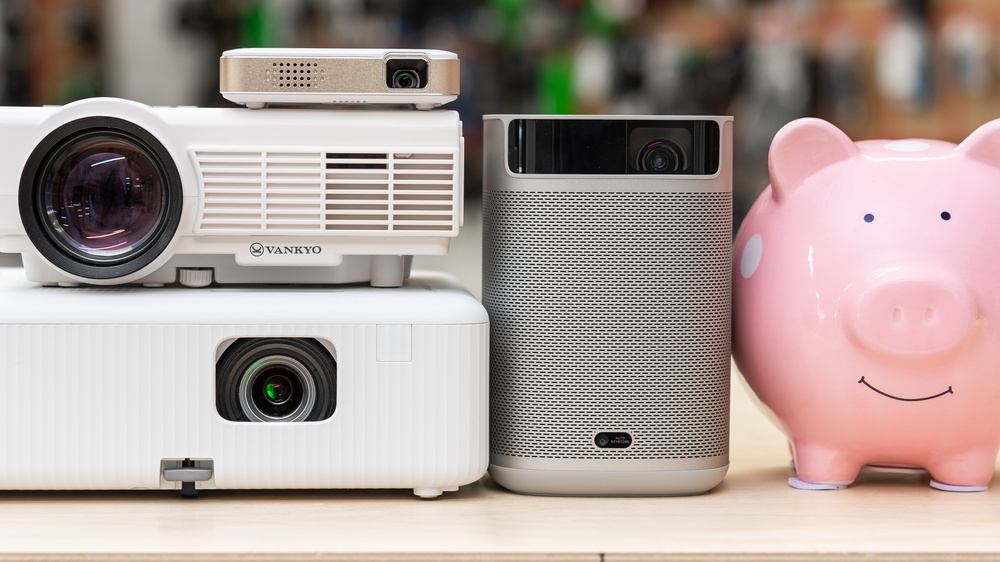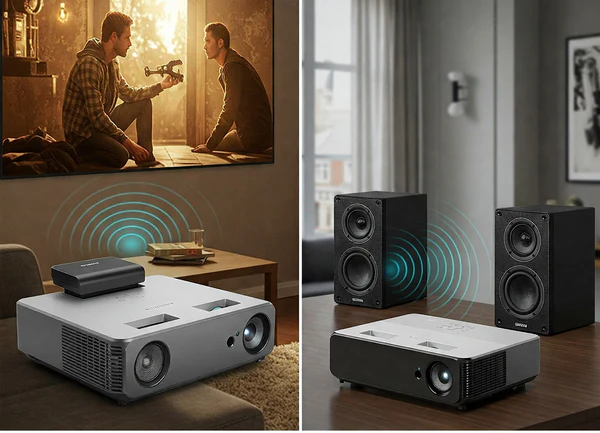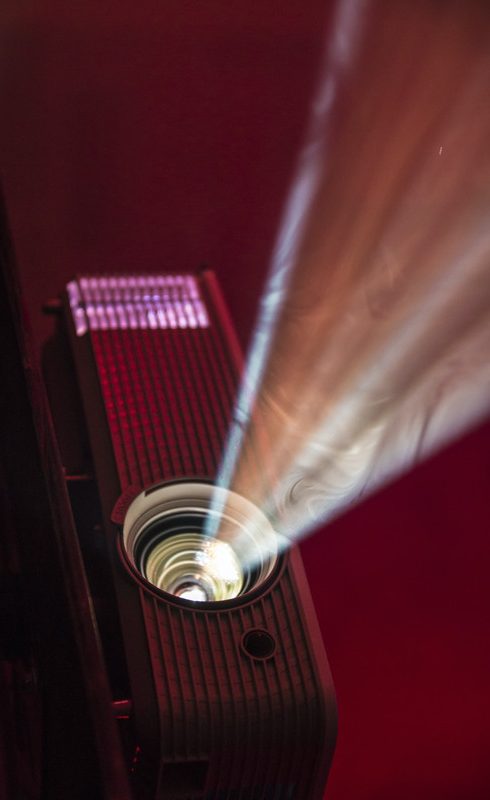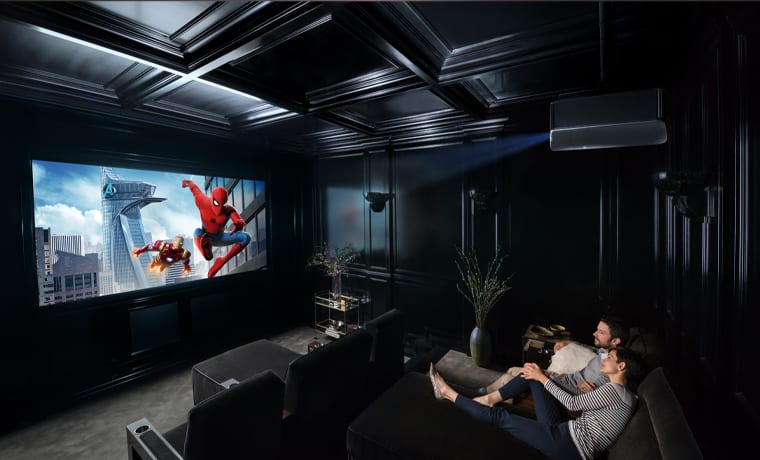Lorem Ipsum has been the industry’s standard dummy text ever since the 1500s.
Brand: ear&ear
Recommended Uses: Perfect for business presentations, classroom teaching, gaming, and home cinema, making it suitable for both work and entertainment.
Special Features: Comes with Auto Screen Alignment for quick setup, Digital Keystone Correction for precise angles, a Built-In Media Player for direct playback, Built-In Wi-Fi for streaming, and a Portable design that makes it easy to carry anywhere.
Connectivity Options: Supports 3.5mm Jack, Bluetooth, HDMI, USB, and Wi-Fi, ensuring compatibility with laptops, phones, consoles, and external speakers.
Display Resolution: 1280 × 720 (HD) resolution provides clear visuals, ideal for everyday viewing and casual movie nights.
Lorem Ipsum has been the industry’s standard dummy text ever since the 1500s.
Brand: NICPOW
Recommended Uses: Ideal for education, gaming, home cinema, and casual movie nights, making it versatile for both learning and leisure.
Special Features: Equipped with a Built-In Speaker, allowing you to enjoy audio without needing extra equipment—perfect for quick setups and smaller spaces.
Connectivity Options: Supports HDMI and USB connections, ensuring easy compatibility with laptops, gaming consoles, streaming devices, and flash drives.
Display Resolution: 1280 × 720 (HD) resolution delivers clear, colorful visuals suitable for everyday viewing and entertainment.
Lorem Ipsum has been the industry’s standard dummy text ever since the 1500s.
Brand: Thunrlge
Recommended Uses: Suitable for both indoor and outdoor use, making it perfect for movie nights at home or backyard gatherings.
Special Features: Comes with Internet Built-In, allowing you to stream content directly without needing extra devices, adding convenience for quick setup and entertainment.
Connectivity Options: Supports Bluetooth, HDMI, and USB, giving you the flexibility to connect smartphones, laptops, consoles, or external speakers with ease.
Display Resolution: 1280 × 720 (HD) resolution provides crisp and colorful visuals for casual viewing, whether indoors or outdoors.
Lorem Ipsum has been the industry’s standard dummy text ever since the 1500s.
Brand: Tecaki
Special Features: Portable design, making it easy to carry and set up anywhere, whether at home, the office, or on the go.
Connectivity Options: Equipped with Wi-Fi connectivity, allowing you to stream content wirelessly from smartphones, tablets, or laptops without extra cables.
Display Resolution (Native): 1920 × 1080 (Full HD), ensuring sharp, detailed images and vibrant colors.
Display Resolution (Maximum): Supports up to 1920 × 1080, making it ideal for movies, presentations, or gaming in high definition.
Lorem Ipsum has been the industry’s standard dummy text ever since the 1500s.
Brand: Maypug
Recommended Uses: Perfect for business presentations, educational purposes, exercise routines, gaming, and home cinema, making it suitable for a wide range of activities.
Special Features: Includes Auto Screen Alignment for easy setup, a Built-In Speaker for quick audio, Built-In Wi-Fi for seamless streaming, and a lightweight, portable design for easy transport.
Connectivity Options: Supports Bluetooth and Wi-Fi, allowing wireless connections to smartphones, tablets, and other devices without messy cables.
Display Resolution: 1280 × 720 (HD) resolution provides clear and vibrant visuals, ideal for everyday viewing, presentations, and casual entertainment.


